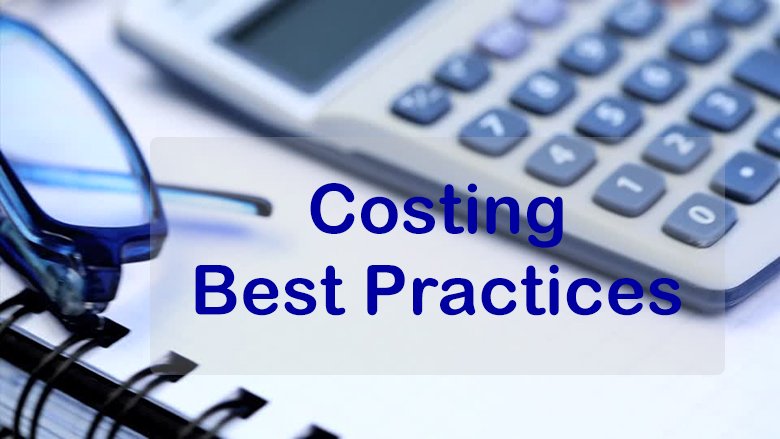Costing Best Practices for Infor VISUAL ERP Users

Part 5 of a 5-Part Series. Read Part 1, Part 2, Part 3, Part 4.
Standard versus actual costing is an important decision point for manufacturers. Synergy Resources’ Patricia ‘Pat’ Bumbaca, Katie Farrand and Jack Hughes share their insights on the issue to help manufacturers choose what may be best for their individual businesses.
Q: Synergy Resources is a leading Infor VISUAL ERP reseller. When does Synergy Resources begin the education process with its VISUAL customers about standard versus actual cost?
Jack: It’s a key item early in the implementation process. It’s a decision that’s made on a customer by customer basis.
Pat:It’s a coaching method. Early on, the customer does have to make an informed decision. During the initial introduction to the customer, we’re having the conversation. We’re explaining the differences. We’re explaining the pros and cons.
Q: What do most VISUAL end users choose?
Jack: The majority of manufacturers who have VISUAL are not process manufacturers. They tend to have specific job order and work order costing. A lot of them are doing things for the first time on new products or on a different configuration of a product. For example, think of a Ford automobile that’s painted red, green or blue instead of black. Therefore, the fact that they’re on actual cost means the financials are not being driven by the standards. They’re being driven by how much they’re actually costing the manufacturer.
In either the standard or actual cost method, you always have the ability to see the other method in VISUAL as a means for comparison. In actual cost, you can always write your standard to what your actual is coming to. But when you’re putting in a new product it’s not as important, or has very little importance, that your standard is accurate.
Pat: It’s not a requirement, but it’s easier to trend, metric, manage and analyze the data if you’re using actual cost in VISUAL. Since all of the things we’re talking about relate to Continuous Improvement, it comes down to what is being analyzed. Are you analyzing on a job by job basis, a part by part basis, or by the variance fallout against the standard?
Ultimately, it doesn’t matter whether the customer is using standard or actual costing because the point is to look for opportunities to improve the manufacturer’s processes.
Q: Recently, prices for certain commodities have been fluctuating. What are the implications?
Katie: We have many customers who purchase significant quantities of steel and other metals. In some cases, it’s their only purchased production material; the rest of their purchases are consumables. We’ve had customers create a custom application or tool that, on a daily or weekly basis, queries the price of metals and brings it back into the database to update their standards. That way, when the customer quotes a job, they always have the most current information available to them.
About the Experts
- Patricia ‘Pat’ Bumbaca has worked for Synergy Resources since 1999. Pat specializes in financials and accounting process improvements.
- Katie Farrand has worked in the Continuous Improvement group at Synergy Resources for the past six years. Katie specializes in helping customers improve business performance through the implementation of process improvement strategies.
- Jack Hughes is a CPA who joined Synergy Resources in 1998. Jack specializes in financial software applications and business process consulting.


